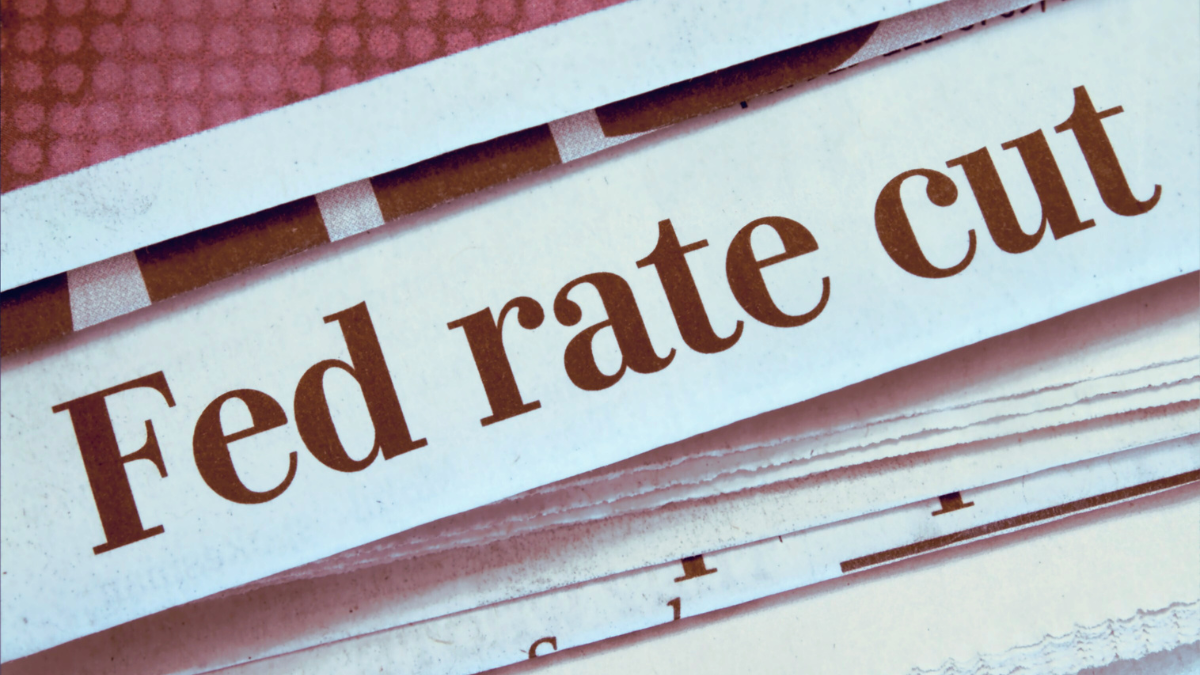The Federal Reserve (“the Fed”) made a much-anticipated move recently, and we want to walk through what it means for you. On September 17, short-term interest rates were cut by 0.25%, the first rate cut of 2025. The Fed also signaled that more cuts are likely on the way, with two additional reductions expected before year-end.
This move reflects the Fed’s responsibility to balance two goals: keeping prices stable and supporting strong employment. Recent job data has been weakening, enough to justify a shift toward looser policy, even though inflation is still running above the Fed’s long-term 2.00% target.
While a single cut won’t move the economy by itself, a rate-cutting cycle can reshape the backdrop for households, borrowers, and investors. Here are six ways the cuts may have implications for you.
1. Cash & Short-Term Yields
Expect yields on money markets, high-yield savings, and short-dated CDs to drift lower as prime and other short-term benchmark interest rates reset. Major U.S. banks reduced their prime rate to 7.25% after the cut.
2. Borrowing Costs
Mortgages: Fixed 30-year mortgage rates respond more to longer-term Treasury yields than directly to Fed moves, but they’ve been easing. The Freddie Mac survey shows 30-yr fixed at an 11-month low, with refinancing share jumping. Further progress will depend on inflation and growth data.
HELOCs/credit cards/personal loans: These are tied to prime; rate relief should be more immediate as lenders price off the new 7.25% prime rate.
3. Bonds
When the Fed eases, interest-rate risk becomes less punishing and intermediate-to-long Treasuries and high-quality bonds can benefit if growth slows. The Fed is still shrinking its balance sheet, so curves may remain sensitive to supply/demand and inflation prints, however the overall risk/reward in core fixed income has improved versus 2022–2023.
4. Stocks (U.S. & International)
Easier policy supports equity valuations if recession is avoided, but the Fed also flagged “two-sided risks” and a cooling labor market, conditions that can lead to greater dispersion between winners and laggards. In this kind of backdrop, selectivity and global diversification matter.
5. Real Assets & Real Estate
Real estate equities are rate-sensitive and have historically benefited from falling discount rates, provided the economy doesn’t weaken sharply. The recent drop in mortgage rates has aligned with a bounce in housing activity.
6. Private Markets & M&A
Lower policy rates reduce the cost of capital, which can improve deal math for private credit, buyouts, and strategic acquirers. With financing conditions stabilizing, we could see pickup in M&A if earnings hold up. (This channel typically lags by quarters, not weeks.)
What CPC is doing
Your CPC investment team has been preparing for an accommodative rate backdrop and made measured adjustments with quality and resilience at the center. In fixed income, we refreshed core bond holdings to capture more durable income and a bit more interest-rate sensitivity so clients can benefit if yields trend lower. We also added select real estate exposure where strong balance sheets and steady cash flows can benefit from improving financing conditions. And we increased international equity exposure to broaden opportunity and diversify beyond the U.S., where valuations and currency dynamics can add balance as the cycle evolves. Across these moves, our aim is the same: keep portfolios sturdy, seek upside where it’s prudent, and stay flexible as the data come in.







